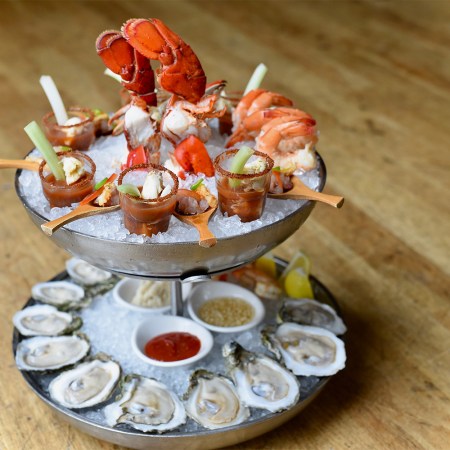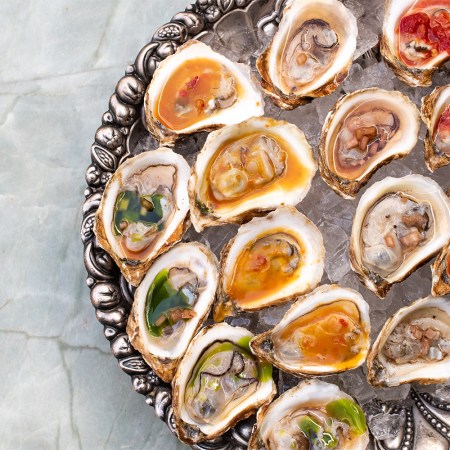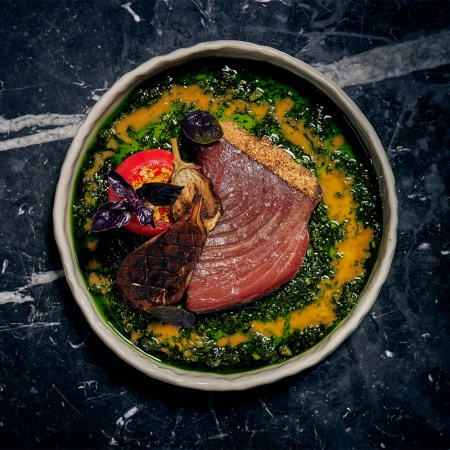There are countless reasons to eat seafood, from simply enjoying the taste to finding its health benefits rewarding. But there’s an ongoing source of concern for many fans of food with fins — namely, that fraud is abundant in the industry. A 2012 article in The New York Times touted the results of a disturbing study that revealed widespread mislabeling in shops and restaurants. Four years later, the Times reported on yet another study revealing that 20% of seafood samples tested by the conservation group Oceana were incorrectly or improperly labeled.
A new report in The Guardian explores questions of mislabeled seafood, and based on its findings, the issue appears to have gotten substantially worse. The study, conducted by Guardian Seascape, analyzed 44 studies from around the world, encompassing 9,000 pieces of seafood in 30 countries. The result? A whopping 36% of the samples studied were mislabeled.
In some cases, this involved related species being substituted for one another — a Japanese scallop standing in for the higher-profile king scallop, for instance. In others, the gulf between what was sold and what was promised was far greater; the highlight of this tendency involved prawn balls analyzed by the study which turned out to contain pork but no actual prawn.
For those who savor certain kinds of fish for their health benefits, the study also brings up some concerning news — including the fact that, when someone eats tilapia sold as red snapper, they’re getting fewer omega-3 polyunsaturated fatty acids than they’d expect.
There are ways to determine if the fish you’re buying is what you think it is. In tandem with the article, The Guardian offered some tips to ascertain the identity of the seafood in front of you. A 2016 New York Times article also detailed efforts within the seafood industry to make the process more transparent. That what you’re eating is what you think it is shouldn’t be a substantial challenge, and yet here we are.
Thanks for reading InsideHook. Sign up for our daily newsletter and be in the know.


















